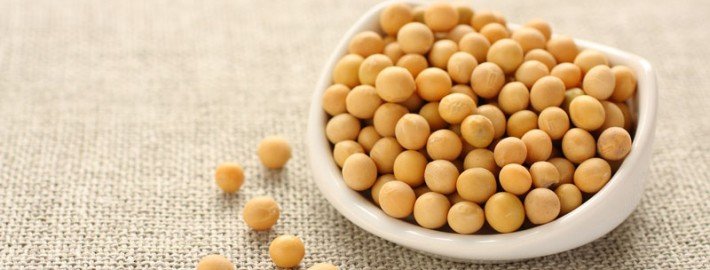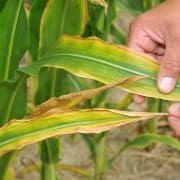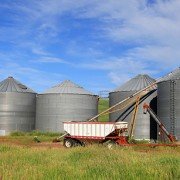Canada IP program for non-GM soybeans world’s best
But new competitors are trying to break into the market so Canada must stay vigilant
Canada has the best identity preserved program for non-GM (genetically modified) soybeans in the world.
That’s what Neoh Soon Bin, managing director of Soon Soon Group, a Malaysian flour and oilseed-processing company, told the Canadian Global Crops Symposium here March 27.
The quality of Canadian non-GM soybeans, used mainly in human food products such as soy milk and tofu, ranks among the best in the world, Soon Bin said.
“Canadian (soy)beans perform very well,” he said.
But it’s Canada’s certification system ensuring soybeans are non-GM that really stands out.
“One of the biggest competitive advantages you have is the system you have,” Soon Bin said. “The CIPRS (Canadian Identity Preserved Recognition System overseen by the Canadian Grain Commission) is the best in the world for identity preservation of non-GM soybeans. And you can trace your soybeans back to the farm.”
The United States and Brazil have non-GM soybeans similar in quality to Canada’s but they can’t match Canada’s IP system, he said.
“But the South Americans and even South Africa is knocking on the door saying they have non-GM soybeans. So I think you need to be vigilant here.”
Segregating non-GM soybeans is hard work and that’s why the U.S. isn’t a big player, Soon Bin said later in an interview.
“America is over 90 per cent GM (soy)beans so for any guy who grows a little bit of non-GM it’s a heck of a hassle to get a country elevator to segregate it,” he said. “It’s not easy. And they don’t have a good system. We don’t quite trust their system. It’s like ‘trust me’ type of thing.”
Canadian soybeans dominate the non-GM market in southeast Asian, but non-GM soybeans account for only about 20 per cent of the soybean food market, Soon Bin said. Most food soybeans are GM, he said. GM soybeans dominate the soybean food market in Indonesia and the United States is its biggest supplier.
Containers also are increasingly important for exporting grain from North American to Asia, Soon Bin said.
“Container shipment is a game changer that allows Canadian crushing soybeans to be competitive in southeast Asian markets,” he said.
“There are about eight million TEUs (twenty-foot equivalent unit) of containers going back empty to our part of the world (southeast Asia from North America).”
While it costs $42 (U.S.) a tonne to export a container of grain from Vancouver to Asia versus $24 bulk in a Panamax ship, the container cost includes shipping grain from Canada’s interior, Soon Bin said.
“That’s how containers can be competitive and that can be a game changer in many ways,” he added.
Canada is a First World country with a high-cost supply chain making it hard to compete against lower-cost competitors such as Russia and Argentina, Soon Bin said.
“The Brazilians can ship their soybeans 2,000 km to the port,” he said. “Traffic jams are 200 km long. The (freight) cost is about $90 (U.S.) a tonne and they are still making money. Would you still be making money if you were shipping your soybeans 2,000 km by truck? No you wouldn’t.
“To be competitive you can’t have the same soybean as the guy in Brazil, Argentina, Ukraine and all that,” he said. “You need something different. Maybe go to higher-value soybeans or high energy, whatever.”
By






